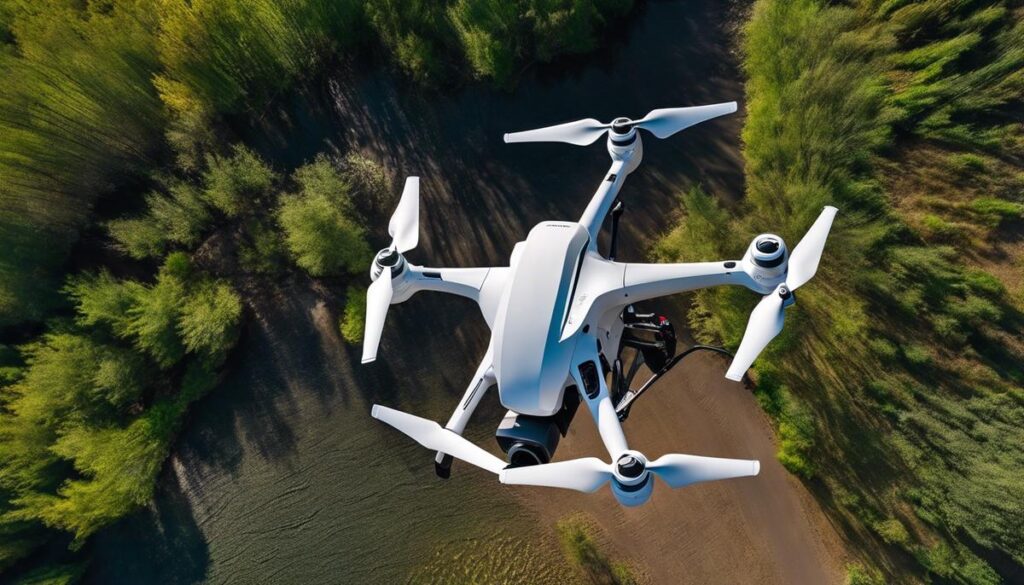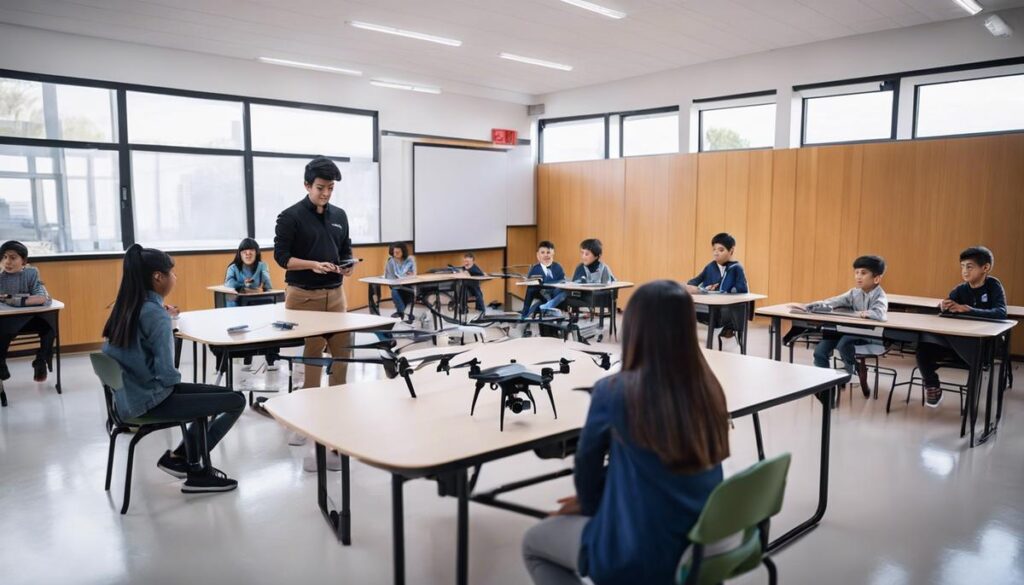Undeniably, the DJI Mavic drone series is renowned globally for its top-notch technology and unmatched performance. For the enthusiasts and hobbyists seeking to dive deep into the intricacies of this series, analysis and comparison of their specifications, features, performance, affordability, usability, user-friendliness and potential future trends are the keys to comprehending their overall proficiency and value. The drone landscape has significantly evolved, and the DJI Mavic series is a leading player that continuously sets new benchmarks in user experience and technological advancements. Hence, understanding their specifications ranging from camera resolution, flight time, transmission range to unique features such as wind resistance and obstacle detection and avoidance can potentially equip tech enthusiasts with the knowledge they need to make informed decisions.
Specifications and Features of DJI Mavic
“The Unstoppable DJI Mavic Drone Series: Decoding the Tech Specs and the Standout Features”
Drone technology, without a doubt, has made a massive splash in the tech world. Among the leading brands, DJI’s Mavic series stands above, popular for its remarkable specifications and standout features. So, let’s zoom in on what makes this series exceptional and admired by tech enthusiasts around the globe.
The first thing to know about the DJI Mavic series is they’re lightweight but durable, offering the advantage of portability without compromising on toughness. DJI Mavic Air, for example, weighs in at a svelte 430 grams! Not bigger than a smartphone, it effortlessly slides into a pocket or backpack.
The series’ overall design screams high-tech. All models boast a compact, foldable design, ensuring a smaller footprint and easy storage. This feature alone sets the DJI Mavic series apart from most competitors.
Next, on the list of commendable specifications is the substantial control range. The DJI Mavic Pro, for instance, has a stunning max transmission distance of up to 7 kilometers. This impressive control range provides a lot of freedom for aerial shots without the operator needing to move much.
Let’s move onto the pivotal aspect, the camera system. Each Mavic series drone is equipped with high-resolution cameras, ensuring incredible photography and videography. For instance, the Mavic 2 Pro comes equipped with a Hasselblad L1D-20c, a state-of-the-art aerial camera. It captures 20-megapixel aerial shots with color detail, producing footage of exceptional quality.
Furthermore, the series possesses advanced features like ‘Active Track,’ ‘Quick Shots,’ and ‘Point of Interest’ that add extra charm to aerial photography and videography. These make operating the drones much more intuitive, reducing manual control for a more automated and streamlined experience.
But what good is a high-tech drone without a stellar battery? DJI understands this and equips its Mavic series drones with high-capacity batteries, ensuring longer flight times. The DJI Mavic 2 Pro holds a max flight time of up to 31 minutes, while the Mavic Air ensures a flight time of up to 21 minutes on a single charge.
Especially note the drones’ impressive obstacle sensing and avoidance capabilities. This feature helps prevent drones from crashing into unexpected obstacles, leading to safer, smoother flight experiences.
In conclusion, consider the DJI Mavic series as nonpareil, perfectly blending portability with power and precision. Their standout features cater to a multitude of aerial photography and videography needs, ushering in a new era of drone technology. No fluff, no hype, just facts: the DJI Mavic series is worthy of serious consideration for anyone seeking the best in drone technology.

Photo by claybanks on Unsplash
Performance Comparison
Performance Evaluation of DJI Mavic Series Drones: A Real-World Comparison
Taking drone performance to unprecedented highs, the DJI Mavic series has consistently delivered top-tier capabilities across its range. Each model boasts distinctive enhancements and improvements, resulting in variants that cater to different user demands and This article will delve into these variations, focusing on how different DJI Mavic drones perform in real-world scenarios.
Beyond the well-appreciated specifications such as compact design, advanced photography features, substantial flight times and obstacle avoidance, it’s essential to understand that these drones are not created equal. Some soars in certain aspects, while others excel in different grounds.
Take, for instance, the DJI Mavic Air 2. Among its series peers, it boasts of well-rounded performance suitable for a variety of applications, from amateur photography to professional cinematography. It wows users with its Intelligent HDR technology, which excels at producing incredibly vibrant photos. The drone’s agility in-flight and wind-resistance under challenging conditions also wins it high points in the durability department.
On the higher end of the spectrum, the DJI Mavic 2 Pro shows dominance in demanding professional settings, particularly with its Hasselblad L1D-20C camera. This high-grade camera pushes the boundaries of aerial photography, delivering images with stunning detail and dynamic range. What’s more? The Mavic 2 Pro’s adjustable aperture allows pilots to have extensive control over their shots, regardless of lighting conditions.
In terms of endurance, the DJI Mavic 2 Zoom takes the crown. Notwithstanding its headline-feature, the 2x optical zoom, its superior battery life and maximum flight time that stretches up to 31 minutes makes it the ideal drone for long flight missions.
Moving into the realm of convenience and extreme portability, the DJI Mavic Mini “takes the cake”. With its incredibly lightweight built, weighing under 250 grams, it bypasses the registration needs in many countries. Paired with its easy-to-use functionalities, it is an excellent option for beginners.
In conclusion, every DJI Mavic drone variant offers distinct real-world usage qualities which cater to different user’s needs. Some excel in photography and videography, while others in flight endurance or convenience. Therefore, it’s not merely about which drone is the ‘best’, but about identifying which features align with individual user pleas. When it comes to drones, like with most high-tech products, it drills down to the principle of “fit for purpose“. Consider wisely, fly happily. The sky’s indeed the limit with DJI Mavic!

Value and Affordability
Given this robust spectrum of features and options across the DJI Mavic series drones, it’s clear that the selection of the ‘best’ drone depends largely on the use-case scenario and the specific requirements of the user.
This article will zero in on the drone that provides the most bang for the buck, considering both price and features.
The DJI Mavic Mini, Mavic Air 2, Mavic 2 Zoom, and Mavic 2 Pro all offer unique selling points. However, the drone that arguably rises to the challenge of packing the most power within an affordable price range is the DJI Mavic Air 2.
Retaining the portability hallmark of its predecessors, the Mavic Air 2 comes equipped with 4k video resolution, ensuring stunning image quality that rivals that of more pricey competitors. Built with a half-inch sensor, the Mavic Air 2 can effectively capture higher detailed photographs compared to the Mavic Mini, thus standing on par with the more professional-level Mavic 2 series.
The Air 2 also brings in an improved automatic flight mode known as the APAS 3.0, a system that maps out and navigates around obstacles comprehensively, significantly lowering the chances of mishaps during flight. While this feature scratches the surface of those in the Mavic 2 series, its inclusion in the more affordable Mavic Air 2 is a major plus.
The HDR functionality, after seeing its debut in the DJI Mavic 2 Pro, is another vital feature available in the Mavic Air 2. This capability provides a broader range of colors and light in images, which can remarkably improve the overall quality of photos in different lighting conditions.
The Mavic Air 2 may lag behind its siblings in a few respects, such as lacking a zoom lens like the Mavic 2 Zoom. It also does not possess the 1” sensor found in Mavic 2 Pro, limiting its low-light capabilities. However, chances are high these limitations won’t affect beginner to intermediate drone pilots who seek functionality without breaking the bank.
With a blend of many features shared with the higher-end models, yet at a price point closer to the Mavic Mini, the Mavic Air 2 is a highly tempting proposition. Spanning $699 to $988 for different packages, the Mavic Air 2 stands out in the Mavic series as hitting a golden mean of price and functionality. In essence, for a tech enthusiast looking to jump into the world of drones without making a massive financial commitment, this packs the best overall punch. Although, as always, the choice of the ‘best’ is invariably dictated by personal requirements and preferences.
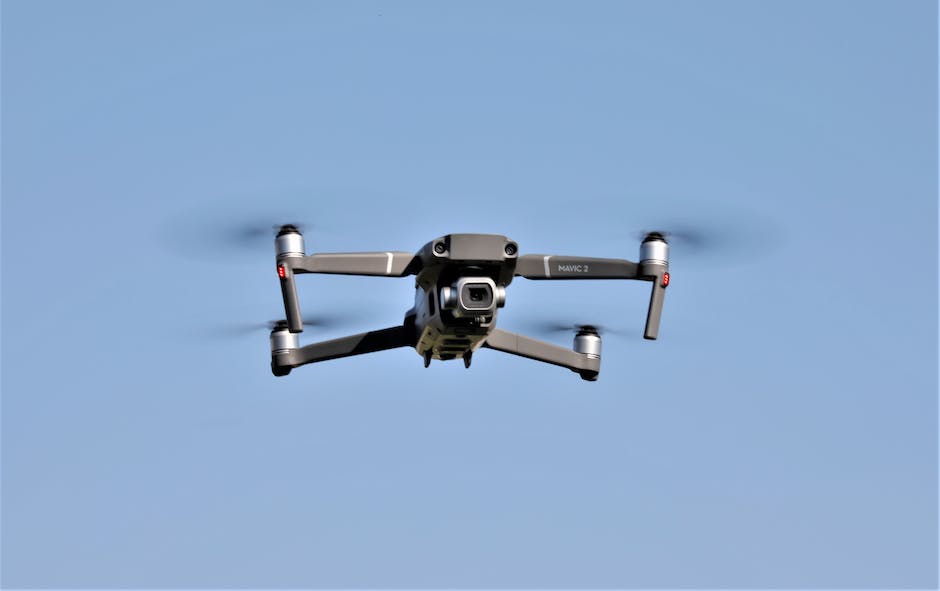
Usability and User-friendliness
Heading into the drone flying world, ease of control and intuitiveness are crucial parameters. And when we talk about DJI Mavic series drones, these aren’t just ticked boxes on a wish list; they are fundamental elements bolstering the drone’s supremacy. With the impressive list of features, sleek design, and functional capabilities already discussed, let’s delve into the aspect of user-friendliness and intuitive controls that set this series apart.
Approaching any technical gadget can be daunting for beginners. DJI Mavic drones elegantly tackle this with a beginner mode that aims to ease the learning process. It limits flying speed, height, and distance while optimizing the controls to be simpler and more to the point. Users unfamiliar with drone operation can confidently navigate the terrain without any fear of losing control.
All drones in the DJI Mavic series come bundled with an easy-to-catch remote controller laden with dual joysticks for precision controls. The controls sync flawlessly with the drone, providing clear, uninterrupted, lag-free communication between man and machine. The interaction feels natural, void of any confusing commands or cluttered options.
User-friendly does not necessarily mean a scanty set of controls. Once the beginners mode is turned off, the professional-level capabilities offered by these drones come to light. Functions like hyperlapse, boomerang, asteroid shots, and more toggle on and off with a single button. Gimbal control is smooth and responsive, translating into exceptional video footages.
The DJI Go 4 app bears testimony to DJI’s knack for simplicity and user-friendliness. This robust app possesses a neat, organized interface paired with intuitive functions. Live video feed, flight modes, camera controls, and even cutting footage are all at one’s fingertips. Users can edit and share their videos directly from the app, illustrating its ease of use in real-time.
Drone flying embraces both the physical drone and the virtual flight interface. DJI nailed this philosophy by equipping their drones with precise GPS mapping. The app provides live updates about the drone’s flight path and landing point. This fosters a closer connection between the user and the device.
Whether a drone enthusiast or a professional pilot, DJI Mavic series caters to one and all. Starting from beginner-friendly controls to accessing advanced settings for creative freedom, user-friendliness is an undeniable hallmark of this series. Just unfold, fly, and let the DJI Mavic do the rest. Even better, the drones in this series adapt to the user’s skill growing with them on their flight journey. As you scale new heights, so does the DJI Mavic, making it a faithful companion in the thrilling world of drone flying.
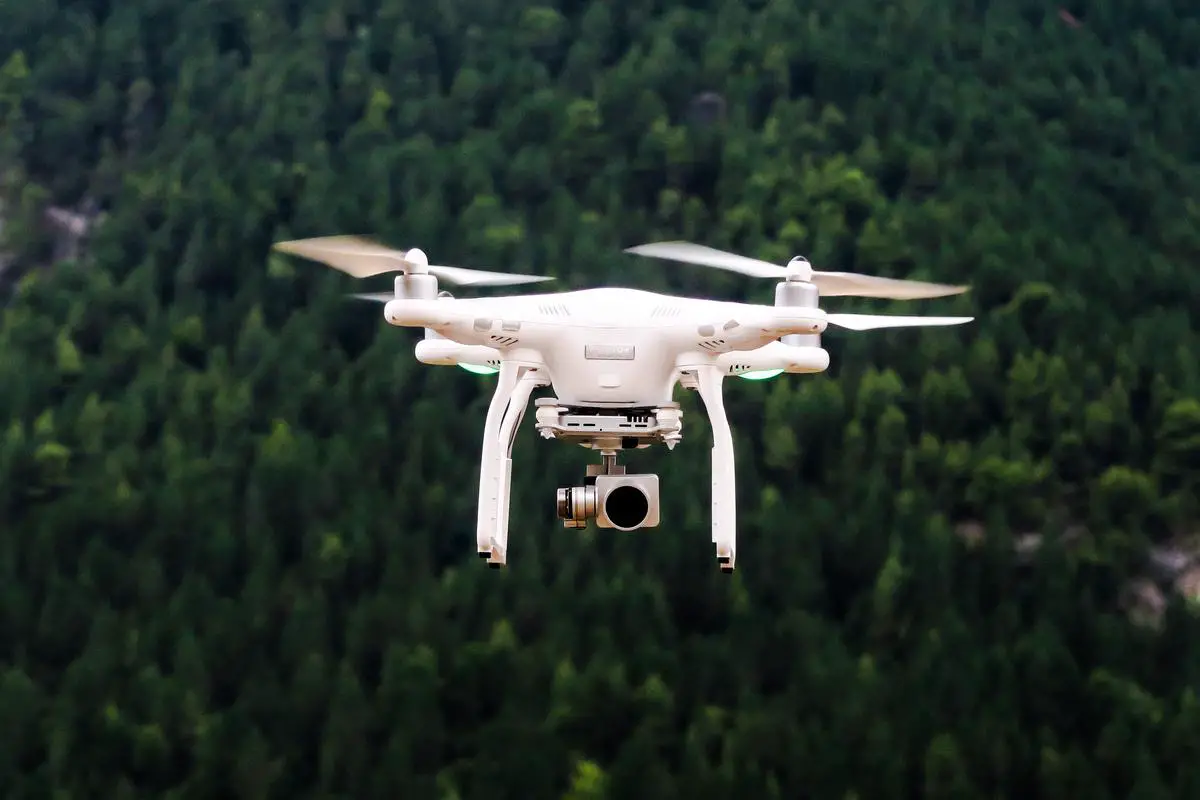
Photo by jeisblack on Unsplash
Future Innovations and Trends in DJI Drones
Looking beyond the established characteristics of DJI’s Mavic series and their proven performance, predicting the future innovations from the renowned drone manufacturer can be seen as a fascinating exercise in tech speculation. Of course, DJI holds their cards close to their chest regarding their next inventions. Yet, based on current technological trends and the persistent commitment by DJI to pushing the envelope, making inferences about future prospects might not be as far-fetched as it seems.
Radios, cameras, drones: they have all moved from analog to digital systems, demonstrating an evident propensity towards digitization in our gadgets. Following this trend, the Mavic series may soon carry out a digital shift in their telemetry and control data. A digital transmission system would provide DJI with a more reliable connection, lower latencies, higher data rates, and improved penetration capabilities.
Simultaneously, an escalation in Artificial Intelligence (AI) integration is foreseen, considering the substantial attention this technology receives in various tech segments. Drone technology can benefit immensely from AI, particularly regarding object recognition, autonomous flight planning, and precision landing. If DJI embraces AI more aggressively, we might see a series of self-navigating Mavic drones soon.
Add to this the rise of the Internet of Things (IoT), where interconnected devices offer well-rounded control and decision-making. Prepare for the Mavic series to possibly become a part of home automation systems, perhaps even tying into a larger DJI ecosystem where other DJI products such as cameras, gimbals, and other drones can work in synchrony.
Likewise, battery technology, while less flashy than AI, holds significant bearing in any portable technology. Strides in power-efficiency and fast-charging batteries might pave the pathway for a new Mavic generation with extended flight times, pushing the limits of what we currently perceive as capable.
Beyond technology, drone legislation could also influence the direction DJI takes with the Mavic series. Countries are progressively refining their drone laws, implying that future Mavics might need certain features, such as the remote identification system, which is already introduced in DJI’s latest Air 2S model.
In essence, DJI’s Mavic series is an extraordinary platform, meticulously engineered for the drone enthusiast, hobbyist, and professional. By gauging the current technological trends, there is an apparent wealth of future possibilities, bringing excitement for what lies beyond the horizon for drones. To the uninformed, speculation might seem like a dream, but to a techie at heart, it’s a bounding leap towards the thrilling future of the drone industry.
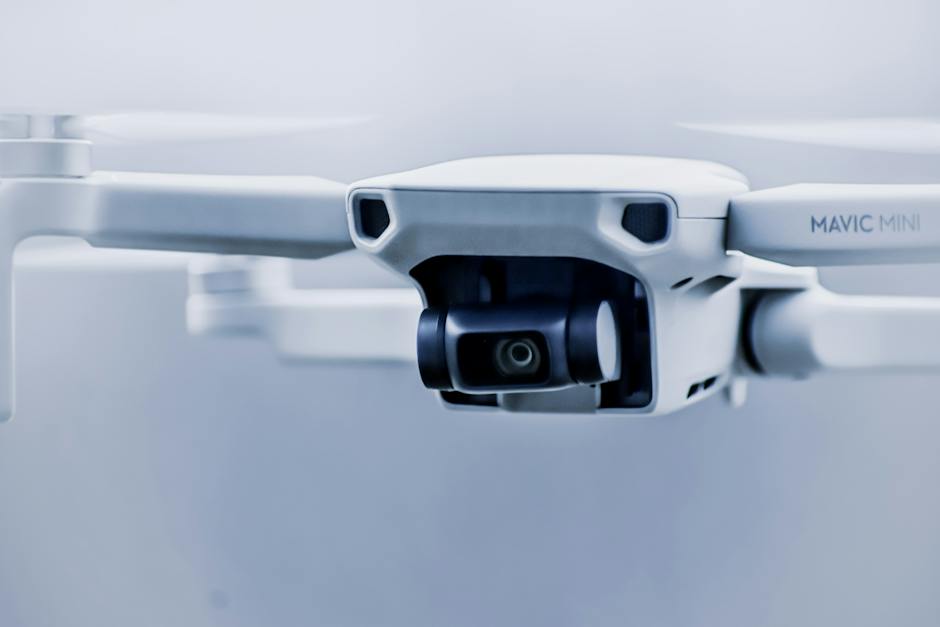
From a broader perspective, the DJI Mavic series is poised to continue its leap into the future with the tenacity to enhance performance and introduce new features, setting precedents in the drone industry. The usability, affordability, user-friendliness, and potential innovations these drones bring forth, make them an enticing option for both beginners and expert pilots. The DJI Mavic series’ potential to shape future trends and pioneer innovative solutions reaffirms their unwavering dominance in the drone industry. Therefore, pursuit of knowledge on these drones, their functionalities and future prospects not only benefits tech enthusiasts but also provides valuable insights into the direction of this burgeoning industry.
Originally posted 2024-01-03 02:11:39.


